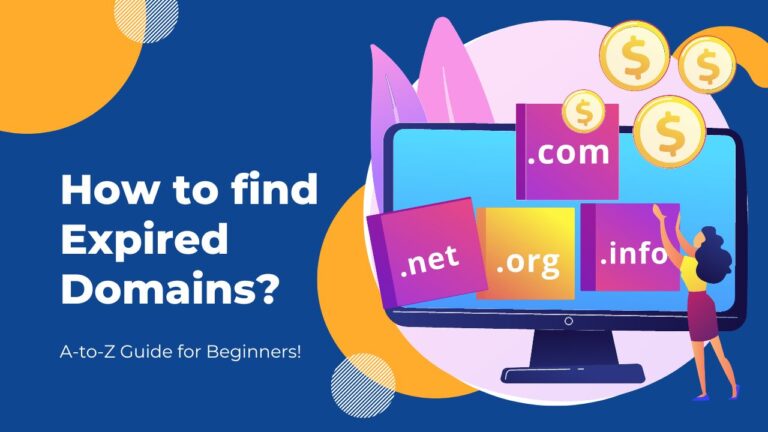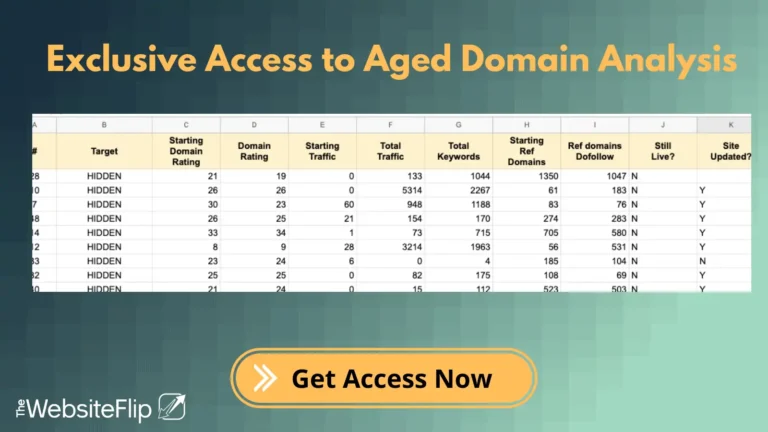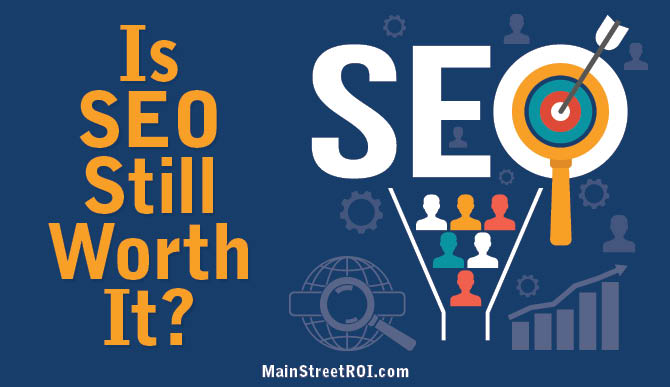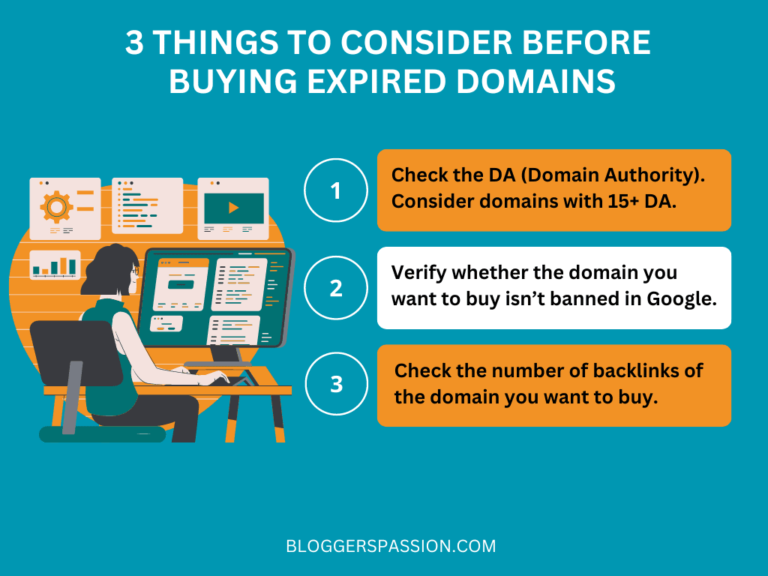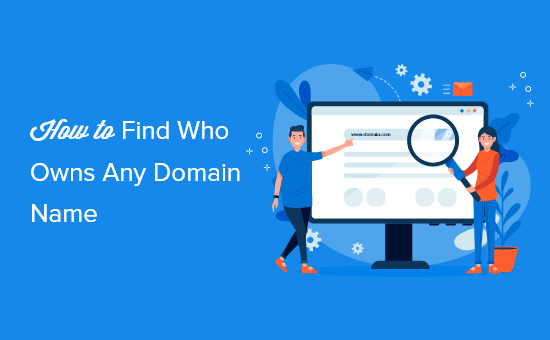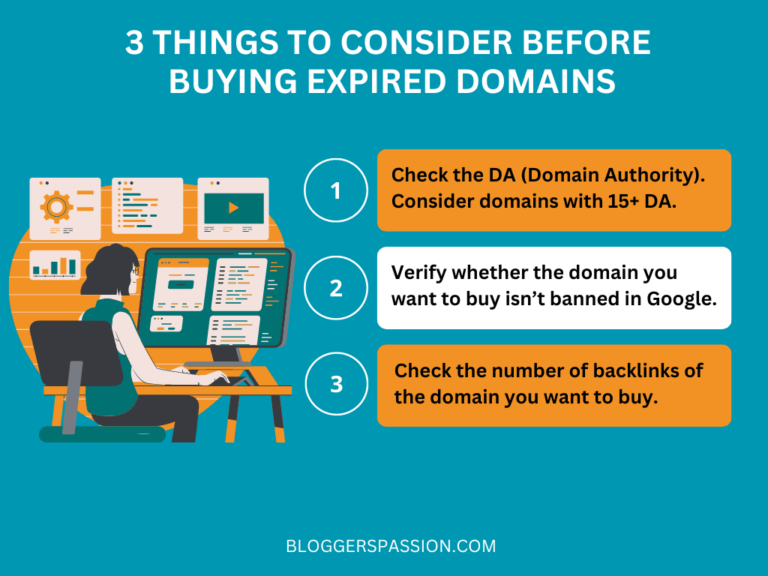Does Time on Page Affect SEO? As a content creator or website owner, you may have heard about the term “time on page” and how it affects SEO. Time on page refers to the amount of time a user spends on a particular page before navigating back to the search engine results page (SERP). The question that arises is whether time on page affects SEO, and if so, how significant is its impact?

According to Backlinko, many SEO professionals consider dwell time, which is the amount of time that a Google searcher spends on a page from the search results before returning back to the SERPs, an important Google ranking signal. While Google has not confirmed that time on page is a direct ranking factor, it is reasonable to assume that it is a factor that Google may consider when ranking pages. However, it is important to note that there are other factors that Google takes into account when ranking pages, such as the relevance and quality of the content.
In conclusion, while there is no direct evidence that time on page affects SEO, it is still an important metric to track as it can provide valuable insights into user behavior and engagement. By improving the quality and relevance of your content, you can increase the chances of users spending more time on your website, which can indirectly improve your website’s SEO performance.
Understanding Time on Page
As an SEO expert, I know that time on page is a metric that is often discussed in the context of search engine optimization. In this section, I will explain what time on page is and why it is important for SEO.
Definition of Time on Page
Time on page is a metric that measures the amount of time that a visitor spends on a particular page of a website. It is calculated as the difference between the time that a visitor arrives on a page and the time that they leave that page.
It is important to note that time on page is different from bounce rate. Bounce rate measures the percentage of visitors who leave a website after only viewing one page. Time on page, on the other hand, measures the amount of time that visitors spend on a particular page before they leave.
Importance of User Engagement
Time on page is important for SEO because it is an indicator of user engagement. If visitors spend a lot of time on a particular page, it suggests that they are finding the content on that page to be useful and engaging. This is a positive signal to search engines, as it suggests that the content is relevant and valuable to users.
However, it is important to note that time on page is not the only metric that search engines use to evaluate user engagement. Other metrics, such as bounce rate and click-through rate, are also important factors in determining how engaged users are with a website.
In conclusion, understanding time on page is important for SEO because it can help website owners to understand how engaged their visitors are with their content. By focusing on creating high-quality, engaging content that keeps visitors on the page for longer periods of time, website owners can improve their search engine rankings and attract more traffic to their site.
Time on Page and SEO
As a website owner or digital marketer, you may have heard that time on page affects SEO. But what does that really mean? In this section, I will explore the relationship between time on page and SEO.
Google’s Algorithm and User Behavior
Google’s algorithm is designed to provide the best possible search results for users. According to Online Tutorials Library, Google uses a variety of factors to determine search rankings, including time on page. If users spend a long time on a page, it may indicate that the content is useful and engaging. On the other hand, if users quickly leave a page, it may indicate that the content is not relevant or helpful.
Bounce Rate vs. Dwell Time
When discussing time on page and SEO, it’s important to understand the difference between bounce rate and dwell time. Bounce rate refers to the percentage of users who leave a website after viewing only one page. Dwell time, on the other hand, refers to the amount of time that users spend on a page before returning to the search results or navigating to another page on the same website.
According to Search Engine Journal, both bounce rate and dwell time can affect SEO. A high bounce rate may indicate that users are not finding what they are looking for on a website, while a low dwell time may indicate that the content is not engaging enough to keep users on the page.
In conclusion, while time on page is just one of many factors that can affect SEO, it is still an important metric to consider. By creating engaging, relevant content that keeps users on your website for longer periods of time, you can improve your search rankings and drive more traffic to your site.
Improving Time on Page

As I mentioned earlier, Time on Page is a metric that measures the amount of time a user spends on a webpage before returning to the search results. While it is not a direct ranking factor, a longer Time on Page can indirectly affect SEO by improving user engagement and reducing bounce rates. Here are some tips to improve Time on Page:
Content Quality and Relevance
One of the most important factors that affect Time on Page is the quality and relevance of the content. If the content is engaging, informative, and relevant to the user’s search query, they are more likely to spend more time on the page. On the other hand, if the content is thin, irrelevant, or poorly written, they are more likely to bounce back to the search results.
To improve content quality and relevance, I recommend the following:
- Conduct keyword research to identify relevant topics and search queries
- Write in-depth, informative, and engaging content that answers the user’s query
- Use subheadings, bullet points, and images to break up the content and make it more readable
- Include internal links to related content on your website
Website Design and Usability
Another factor that affects Time on Page is the design and usability of the website. If the website is slow to load, difficult to navigate, or cluttered with ads, the user is more likely to abandon the page.
To improve website design and usability, I recommend the following:
- Optimize your website for speed by compressing images, minifying code, and using a content delivery network (CDN)
- Use a clean and simple design that is easy to navigate
- Use clear and concise headlines and subheadings to guide the user through the content
- Avoid using too many ads or pop-ups that distract the user from the content
By improving content quality and relevance, and website design and usability, you can increase Time on Page and improve user engagement, which can indirectly affect SEO.


